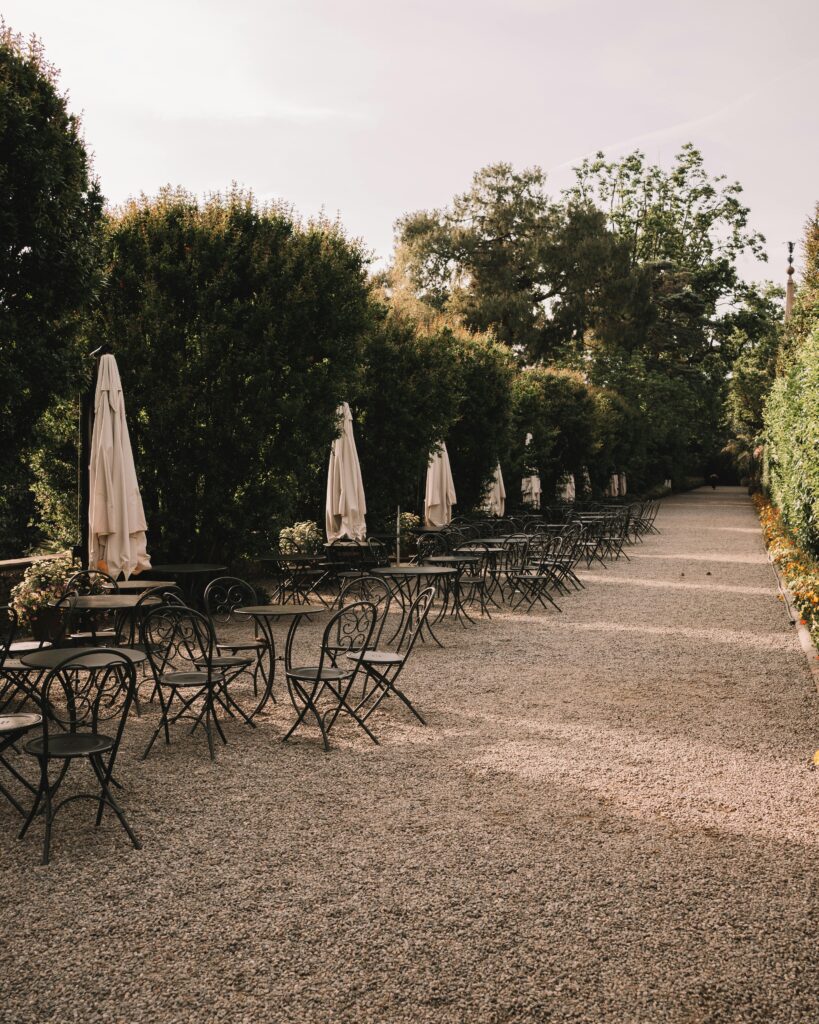The Ultimate Guide to Outdoor Plants: Beautify Your Garden Naturally
If you’re looking to transform your garden into a lush, vibrant space, outdoor plants are the key to creating a stunning and inviting atmosphere. From colorful flowers to hardy shrubs, outdoor plants not only enhance your home’s curb appeal but also provide a serene environment for relaxation. In this guide, we’ll explore everything you need to know about selecting, planting, and caring for outdoor plants.
Benefits of Outdoor Plants
1. Improved Air Quality
Outdoor plants purify the air by absorbing pollutants and releasing oxygen. They help in reducing dust and improving the overall environment around your home.
2. Aesthetic Appeal
Whether you prefer a modern, minimalist garden or a wild, untamed landscape, outdoor plants can transform any outdoor space into a visual masterpiece.
3. Mental and Physical Health
Gardening and spending time around greenery have been shown to reduce stress, improve mood, and even boost physical health through light exercise and exposure to fresh air.
Types of Outdoor Plants
1. Flowering Plants

– Examples: Roses, marigolds, petunias, and daisies.
– These add color and fragrance, making your garden a lively and cheerful place.
2. Shrubs and Hedges

– Examples: Boxwood, holly, and hydrangea.
– Perfect for creating privacy and defining garden spaces.
3. Climbers and Vines

– Examples: Jasmine, wisteria, and bougainvillea.
– Ideal for covering fences, trellises, or pergolas.
4. Succulents and Cacti

– Examples: Agave, aloe vera, and echeveria.
– Low-maintenance plants that thrive in dry climates.
5. Edible Plants

– Examples: Tomatoes, herbs, and strawberries.
– These provide the dual benefit of beauty and fresh, homegrown produce.
How to Choose the Right Outdoor Plants
1. Understand Your Climate
– Choose plants suited to your region’s climate. For instance, tropical plants thrive in humid areas, while drought-resistant plants are perfect for arid zones.
2. Assess Sunlight and Shade
– Observe how much sunlight your garden gets throughout the day. Some plants require full sun, while others prefer partial or full shade.
3. Consider Soil Type
– Test your soil’s pH and texture. Some plants prefer sandy soil, while others thrive in loamy or clay soils.
Tips for Planting and Care
1. Prepare the Soil
– Enrich the soil with compost or organic matter for better drainage and nutrients.
2. Water Wisely
– Water early in the morning or late in the afternoon to prevent evaporation. Adjust the frequency based on the plant type and weather conditions.
3. Fertilize Regularly
– Use a balanced fertilizer to promote healthy growth, especially during the growing season.
4. Prune and Trim
– Regular pruning encourages new growth and keeps plants looking tidy.
5. Protect Against Pests
– Use natural pest control methods like neem oil or introduce beneficial insects to keep pests at bay.
Low-Maintenance Outdoor Plants for Beginners
If you’re new to gardening, consider starting with low-maintenance plants that require minimal care:
– Lavender
– Hostas
– Ferns
– Daylilies
– Sedum
Creative Ideas for Outdoor Plant Arrangements
– Vertical Gardens: Save space by planting in wall-mounted planters.
– Potted Displays: Use decorative pots to create movable plant arrangements.
– Themed Gardens: Design specific areas like a butterfly garden or a zen garden for added charm.
Conclusion
Outdoor plants are a wonderful addition to any home, offering beauty, health benefits, and a connection to nature. With the right selection and care, you can create a thriving garden that serves as a personal oasis. Start small, experiment with different plant varieties, and enjoy the journey of nurturing your green space.

